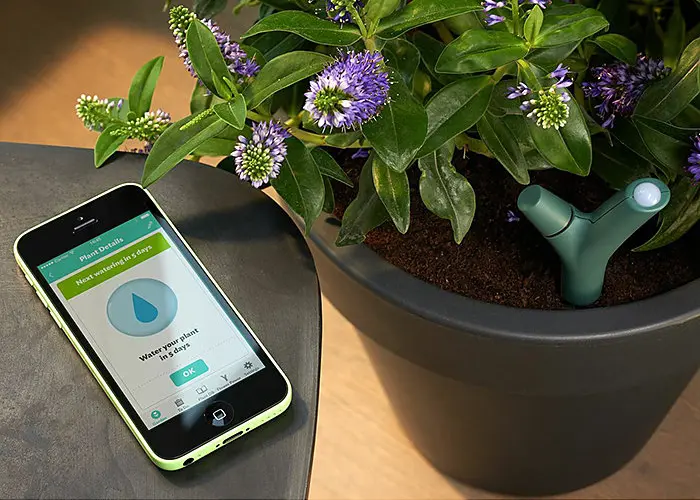Diving into DIY smart home automation projects can be an incredibly rewarding experience, offering a blend of learning, creativity, and the satisfaction of building something yourself.
For beginners, the key is to start with simple projects that build confidence and gradually introduce more complex concepts.
Smart Plant Monitor: Nurture Your Green Thumb with Tech

Imagine a system that tells you exactly when your plants need watering. Using a soil moisture sensor and a microcontroller (like an Arduino or ESP32), you can create a smart plant monitor that sends alerts to your phone or displays readings on a small screen. This project is a fantastic introduction to sensor integration, data logging, and basic programming.
Automated Pet Feeder: Simplify Pet Care with Automation
If you’re a pet owner, an automated pet feeder can be a game-changer. By combining a microcontroller, a small motor, and a container, you can build a system that dispenses food based on a schedule or remotely via your smartphone.

This project introduces motor control, scheduling, and potentially wireless communication.
Smart Mailbox Notifier: Never Miss a Delivery Again
Tired of constantly checking your mailbox? A smart mailbox notifier can solve that problem.

Using a magnetic sensor or a light sensor, you can create a system that detects when mail arrives and sends a notification to your phone. This project is a great way to learn about sensor input and basic wireless communication. All these projects can be done for just below 250 dollars.
DIY Smart Lighting: Light Up Your World with Custom Automation
Start small by automating a single light fixture. Using a smart relay, a microcontroller, and some basic electrical wiring, you can create a system that allows you to control a light remotely or set up automated schedules.

This project introduces basic electrical wiring, remote control, and potentially voice control integration.
Essential Tips for DIY Smart Home Projects:
- Start Small and Simple: Choose projects with clear instructions and readily available components such as Alexa and Google assistant.
- Gather the Right Tools: Ensure you have the necessary tools, such as a soldering iron, wire strippers, and a multimeter.
- Follow Online Tutorials: Leverage the wealth of online tutorials and resources available on platforms like YouTube, Instructables, and Hackster.io.
- Join Online Communities: Engage with online forums and communities for support, troubleshooting, and inspiration.
- Prioritize Safety: Always prioritize safety when working with electrical components. Disconnect power sources and follow safety guidelines.
DIY smart home projects offer a fantastic way to learn about automation, customize your living space, and unleash your inner engineer. With a bit of patience and creativity, you can transform your home into a personalized smart haven e.g smart door locks.


